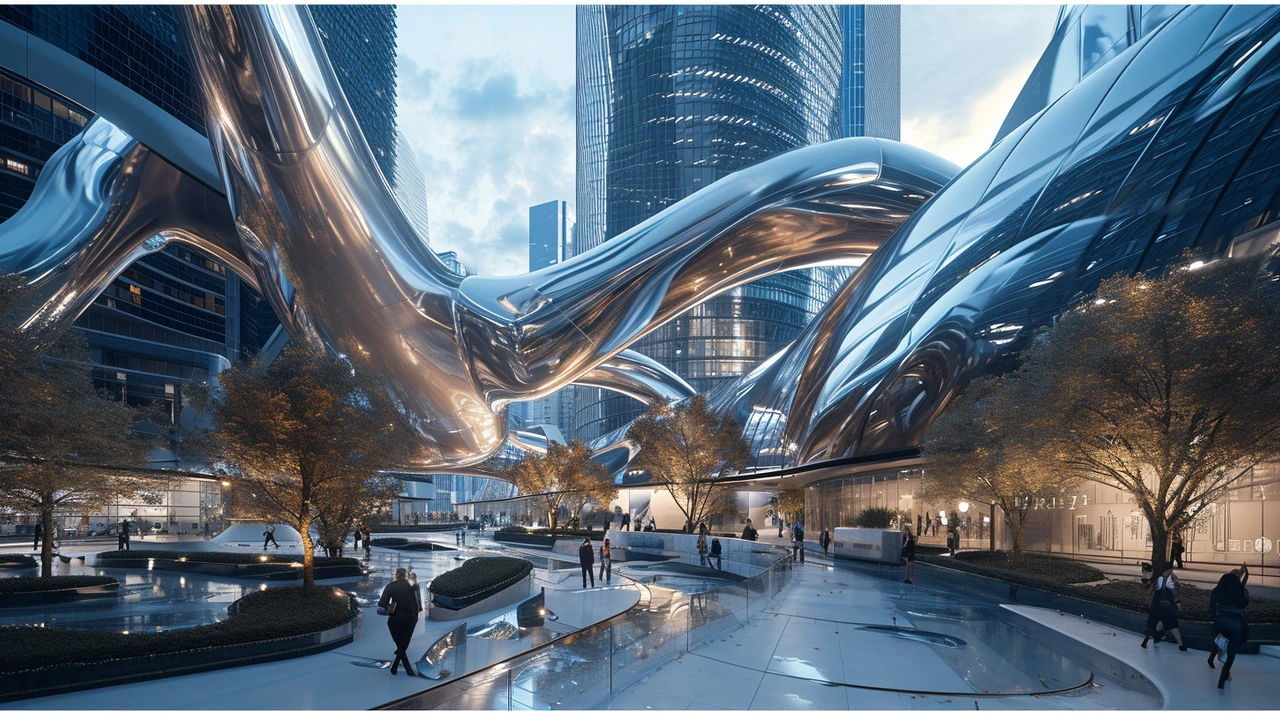Future Trends in Art and Architecture
Buildings now collect sensor data that inform how they operate, and new materials can be recycled or returned to the supply chain. These shifts change how places look, how they feel, and how long they last. If you care about design, this matters.
The biggest trend is sustainability.
Architects use passive solar design, green roofs, and locally sourced materials to cut energy and carbon. Small steps work too: add insulation, pick efficient windows, and choose low VOC paint to see real benefits without a full rebuild.
Digital tools are reshaping form and function.
Parametric design lets teams test daylight, wind, and structure fast. 3D printing cuts waste on complex parts, and artificial intelligence speeds routine tasks like zoning checks or material selection. Learn one tool well and try a small print to grasp costs and limits.
Revival and craft are coming back with a modern twist. Stone carving, mosaics, and joinery pair with digital templates so projects keep character while saving time on trial and error.
Human centered design matters more than ever. Biophilic features like indoor plants, daylight, and views to green improve health and focus. Flexible interiors that shift from work to leisure make homes and offices more useful. For renters or owners, adding operable windows and daylight controls gives big comfort gains for little cost.
Adaptive reuse will grow. Old factories, banks, and churches become housing or studios. Developers who pair preservation with energy upgrades get better community support and unique market appeal.
Public art will blend with architecture. Expect murals that react to light, facades that show local data, and installations that people touch and control. Artists join projects earlier so art shapes space not just decorate it.
Resilience and policy drive choices. Design now plans for heat, flood, and social change. Use raised thresholds, modular systems, and durable finishes that allow future upgrades.
Want to follow trends without losing your mind? Pick one sustainability upgrade, one digital skill, and one local craft or artist partnership. Small, concrete moves lower risk, keep budgets sane, and make places people actually enjoy.
Start local. Visit a historic building to see how old techniques work. Try a workshop in parametric modeling. And talk to makers who know traditional materials. Those conversations turn ideas into practical choices for your next project.
Over the next decade, expect more modular housing, faster retrofits, and smarter public spaces. Sensors will help manage energy and comfort in real time. Materials will trend toward circular systems, with suppliers taking products back at end of life. Cities will try to reduce car lanes and add green corridors that connect parks, shops, and transit. That shift makes neighborhoods healthier and more social.
Keep learning. Read case studies of reused buildings, join a maker meetup, and test one sustainable change at home. Future design blends tech, craft, and care. That mix makes places that last, delight, and adapt. Start small, but start now. Measure results and share what you learn today often.

Exploring Neo-Futurism in Contemporary Art and Architecture
Building the world of tomorrow through the avant-garde lenses of Neo-Futurism, this article delves into the realm of contemporary art and architecture influenced by dynamic progress and innovative technologies. It explores how the blending of aesthetics, functionality, and visionary concepts are shaping the physical and intellectual landscapes of the future. Through a detailed analysis of the principles, celebrated works, and architects and artists making waves in this field, the piece serves as a comprehensive guide to understanding and appreciating the Neo-Futuristic movement.
Read more